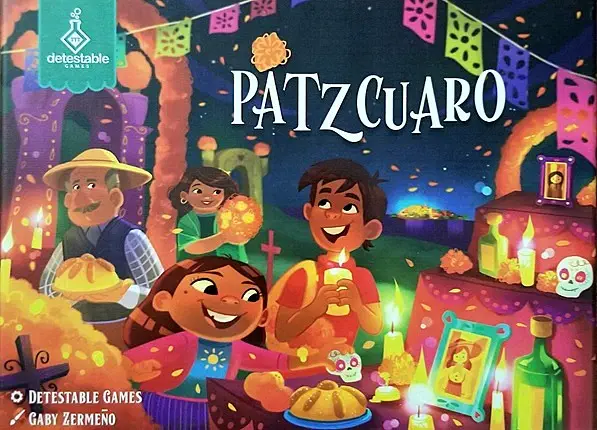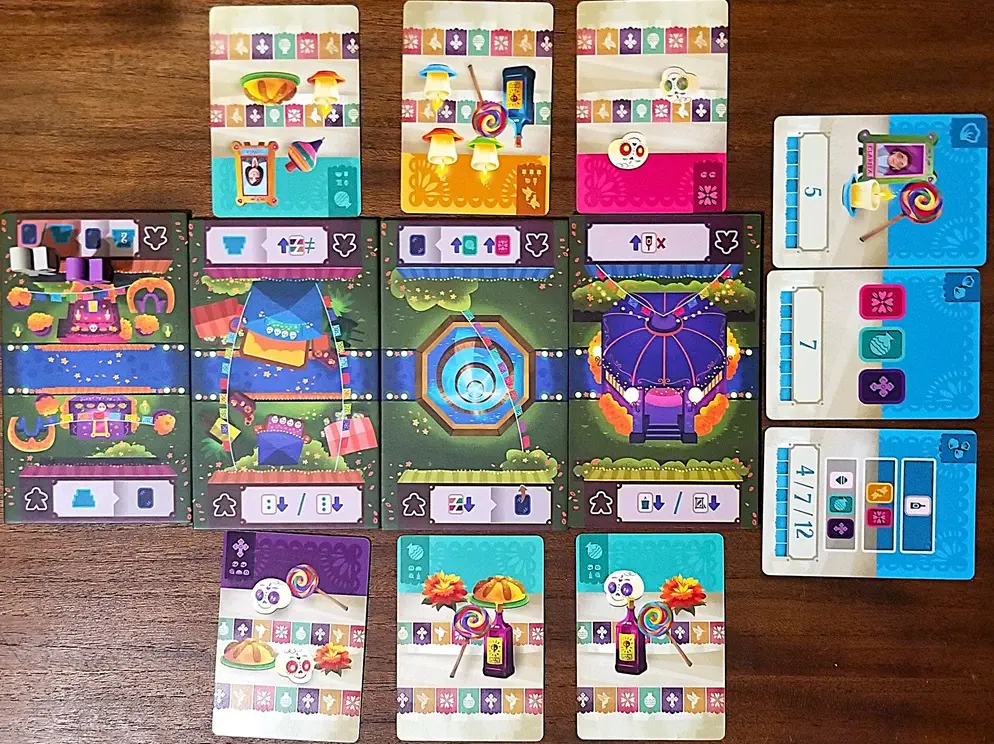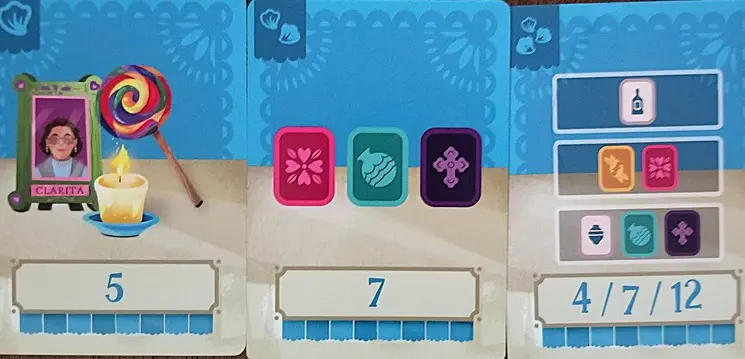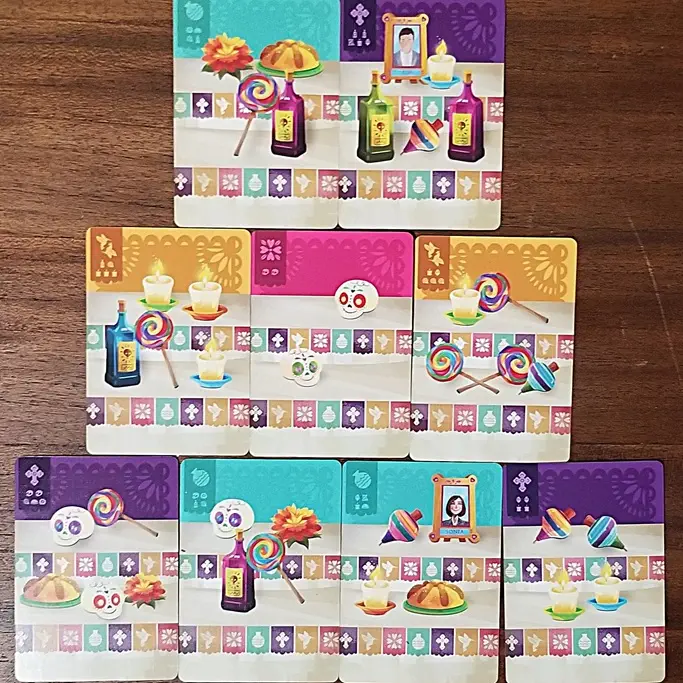Día de los Muertos, or Day of the Dead, is a vibrant and deeply meaningful celebration observed primarily in Mexico and by communities around the world. This annual event, which takes place from October 28th through November 2nd, honors deceased loved ones with a rich tapestry of customs that blend indigenous traditions and Spanish influences. Families create colorful altars, known as ofrendas, adorned with photographs, favorite foods, and mementos, inviting spirits to return and celebrate with the living. With its intricate rituals, lively festivities, and heartfelt remembrance, Día de los Muertos serves as a powerful reminder of the enduring bond between the living and the dead, celebrating life, death, and the joy of memory.

Located in the state of Michoacán, the Pátzcuaro basin area is one of the best-known locations for a Day of the Dead celebration. Pátzcuaro captivates visitors with its rich cultural heritage and stunning natural beauty. The town becomes a hub of activity as locals and tourists alike prepare for the holiday, filling the streets with vibrant decorations and the scent of traditional foods. Ofrendas are meticulously crafted in homes and public spaces, showcasing an array of offerings that reflect the personal stories of those being honored. The town’s central square, bustling with markets and artisans selling traditional crafts, becomes a focal point for the celebration, showcasing intricate papel picado (cut paper decorations) and cempasúchil (marigolds), the flowers symbolizing death. Detestable Games, together with designer Rubén Hernández Santillán and illustrator Gaby Zermeño, has beautifully and respectfully captured this rich cultural experience in a board game set in Pátzcuaro, inviting 2 to 4 players to immerse themselves in the traditions and spirit of Día de los Muertos in a fun and engaging way as they traverse the market square picking up items for their personal ofrendas.
To prepare for a game session, players must first set up the market. The Pátzcuaro tile is placed at the entrance to the marketplace, and the remaining tiles are shuffled, ensuring a mix of orientation and sides. In a 2-player game, only three shop tiles will be used, with the fourth tile returned to the box after the others are randomly selected. The Altar cards are then shuffled, and six cards are dealt to each player. Additionally, one card is placed in the space above and one in the space below the shop tiles. No cards are dealt to the Pátzcuaro tile. The Altar cards are then set nearby to form a draw deck. Each player receives a Player card along with a matching Player token. In turn order, players will place their tokens on the starting location of the Pátzcuaro tile. With the marketplace set up, the three Objective card decks (denoted by the number of petals) are shuffled, and one card from each deck is revealed. All remaining Objective cards are returned to the box and players are ready to play!
A game of Pátzcuaro consists of multiple rounds and turns, ending only when a player has completed their Altar or when the deck of Altar cards runs out. Starting with the first player, each player takes a turn moving their token either 1, 2, or 3 spaces along the path through the market. Players can not occupy the same space at the same time. At the end of their movement, the player must perform the action(s) indicated at the location they landed on. While this is usually a trade, it can also involve placing cards in their Altar, drawing Altar cards, or revealing Altar cards to other shop spaces. When trading at a location, players must pick up all other cards at that location and add them to their hand. It’s a good strategy to pay attention to both the Objective cards and the location boons when choosing which Shop tile to visit. This will help with the point salad style of scoring at the end. Once per game, if a player does not wish to (or cannot) take all the actions at the shop location, they may flip their Player card over to draw 2 cards from the deck and end their turn. However, doing this will also cost the player 5 points at the end of the game.
When building an altar, there are a few important nuances to keep in mind. The bottom level can hold a maximum of 4 cards, the middle level can contain up to 3 cards, and the top level can have 2 cards. Additionally, when placing a card on a higher level, there must be 2 cards in the spaces below it. From a strategic perspective, players will want to group offering types on each level of the Altar as well as throughout the entire structure. This approach not only helps to create a visually cohesive Altar but can also maximize scoring potential. Once the game ends, each level is scored individually based on the specific criteria outlined in the rules. By thoughtfully arranging offerings, players can enhance their overall score, making it crucial to plan each move carefully and consider the types of offerings collected. Balancing immediate needs with long-term goals will be key to achieving the highest score possible.
Ultimately, Pátzcuaro not only entertains but serves as a wonderful homage to the spirit of Día de los Muertos. With its rondel style of gameplay, players quickly traverse the vibrant marketplace in search of the perfect offerings, creating a fun and dynamic experience. As friends and family come together to play, they engage in strategic decision-making while celebrating the customs that honor their loved ones. This family-friendly game creates an interactive experience that brings players of all ages together, making it a wonderful way to celebrate the values of remembrance and togetherness that lie at the heart of the holiday. Through its thoughtful mechanics, Pátzcuaro enriches the celebration by reminding us that the bonds we share with our ancestors continue to shape our lives today, encouraging a commemoration not just of death, but of life and the joyful moments we create together. So, invite your loved ones to join in the fun and bring home Pátzcuaro to experience the magic of Día de los Muertos in a whole new way!
Unless otherwise cited, Krista took and edited all photos for this article. We also want to thank Daniel Valentin for his assistance with the layout of our featured photo and for taking on the role of cultural consultant as needed for this article and other projects we are currently working on.


